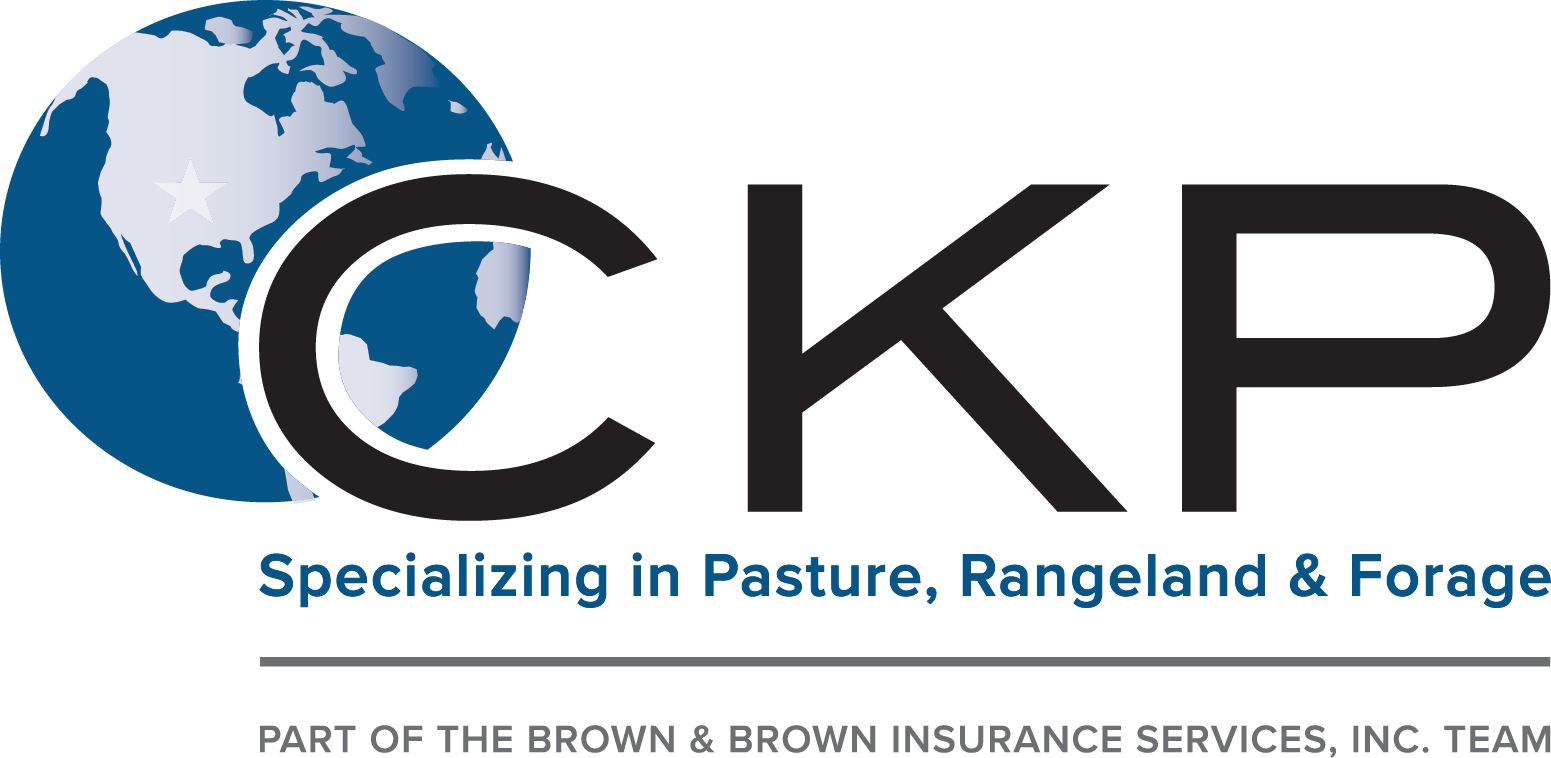9 Easy Facts About Bagley Risk Management Explained
9 Easy Facts About Bagley Risk Management Explained
Blog Article
Specialist Guidance on Threat Assessment and LRP Insurance Coverage Solutions

The Significance of Risk Assessment
Reliable danger evaluation is essential in the decision-making process of any organization, guiding critical preparation and source allowance. By systematically determining, examining, and prioritizing potential threats, organizations can expect difficulties, maximize opportunities, and make educated selections to accomplish their objectives. Risk analysis enables organizations to proactively resolve vulnerabilities, mitigate threats, and maximize their danger management approaches.
Among the crucial advantages of danger assessment is its duty in improving operational performance. By understanding the possible threats that might affect numerous elements of the company, organizations can enhance processes, designate sources more properly, and decrease the likelihood of expensive disruptions. Danger analysis makes it possible for companies to conform with governing requirements, secure their reputation, and develop depend on with stakeholders.
Recognizing Potential Losses
To comprehend the influence of threat analysis, it is necessary to understand the possible losses that could significantly affect an organization's operations and monetary security. Prospective losses can develop from numerous resources, consisting of all-natural calamities, financial declines, functional failings, regulative adjustments, and cybersecurity violations. These losses can cause straight expenses such as property damage, legal expenses, and fines, in addition to indirect prices like reputational damages and loss of market share.
Recognizing possible losses includes carrying out a detailed evaluation of the threats that can appear and approximating the economic influence they might carry the organization. By quantifying these potential losses, organizations can focus on danger mitigation efforts and assign resources effectively. Moreover, a comprehensive understanding of possible losses makes it possible for organizations to make informed decisions when picking danger administration approaches, such as acquiring insurance protection or applying danger control steps. Bagley Risk Management.
Fundamentally, by identifying and understanding potential losses, companies can proactively manage dangers and safeguard their long-lasting sustainability and success.
Role of LRP Insurance Policy Solutions
The assimilation of LRP insurance coverage solutions within an organization's threat management structure boosts resilience and strengthens economic stability versus unforeseen misfortunes. LRP, or Loss Recovery Product, insurance policy solutions play a crucial function in minimizing the impact of prospective losses by supplying economic protection and assistance in times of dilemma. These insurance services are tailored to satisfy Bonuses the details needs of companies, using insurance coverage for numerous risks such as property damage, company disruption, obligation insurance claims, and extra.
By moving the monetary risk to an insurance service provider, businesses can concentrate on their core operations with higher peace of mind, recognizing that they are secured versus considerable financial losses. Additionally, LRP insurance policy services can boost a company's risk monitoring method by supplementing existing risk reduction measures and guaranteeing comprehensive defense across all locations of potential susceptability.
Identifying Key Dangers
In the process of danger assessment, an essential action entails determining vital risks that have the prospective to impact an organization's procedures and financial stability. Recognizing crucial risks needs a thorough evaluation of interior and external factors that might present threats to the company's objectives. Internal dangers might consist of operational ineffectiveness, conformity concerns, or personnel difficulties, while outside threats could include financial downturns, regulative adjustments, or all-natural disasters.

Moreover, crucial risks must be on a regular basis reviewed and updated to align with the dynamic company atmosphere. This aggressive strategy makes it possible for organizations to stay ahead of potential dangers and guard their lasting success.
Selecting the Right Coverage
Having actually identified the essential dangers that might affect a company's operations and monetary stability, the next essential step entails carefully choosing the ideal protection to successfully handle and alleviate these dangers. Companies need to consider their specific threat direct exposure, monetary capabilities, and strategic objectives when it comes to picking the ideal coverage. It is important to conduct a comprehensive analysis of the readily available insurance coverage options to make certain that the picked protection aligns with the company's risk monitoring goals.

Organizations ought to function closely with skilled insurance policy specialists to analyze their danger accounts and recognize the most appropriate insurance coverage items to resolve their needs. Tailoring insurance protection to details dangers can assist enhance defense while decreasing unnecessary prices. In addition, organizations ought to examine plan terms carefully to comprehend the extent of protection supplied and any kind of possible exemptions that may impact their risk mitigation techniques.
Final Thought
In final thought, risk analysis is essential in recognizing prospective losses and picking the appropriate LRP insurance policy remedies. By comprehending vital dangers, businesses can alleviate monetary influences and protect their assets. It is important to thoroughly evaluate and assess risks to make certain ideal protection is in area. Professional assistance can assist navigate the intricacies of danger evaluation and insurance coverage services, giving businesses with the essential tools to effectively manage and news minimize threats.
Expert support plays a critical duty in this process, using valuable understandings into recognizing and examining risks, as well as tactically picking suitable insurance policy coverage customized to mitigate those dangers properly. An extensive understanding of possible losses makes it possible for organizations to make enlightened decisions when choosing threat management methods, such as acquiring insurance coverage or applying risk control steps.

Report this page